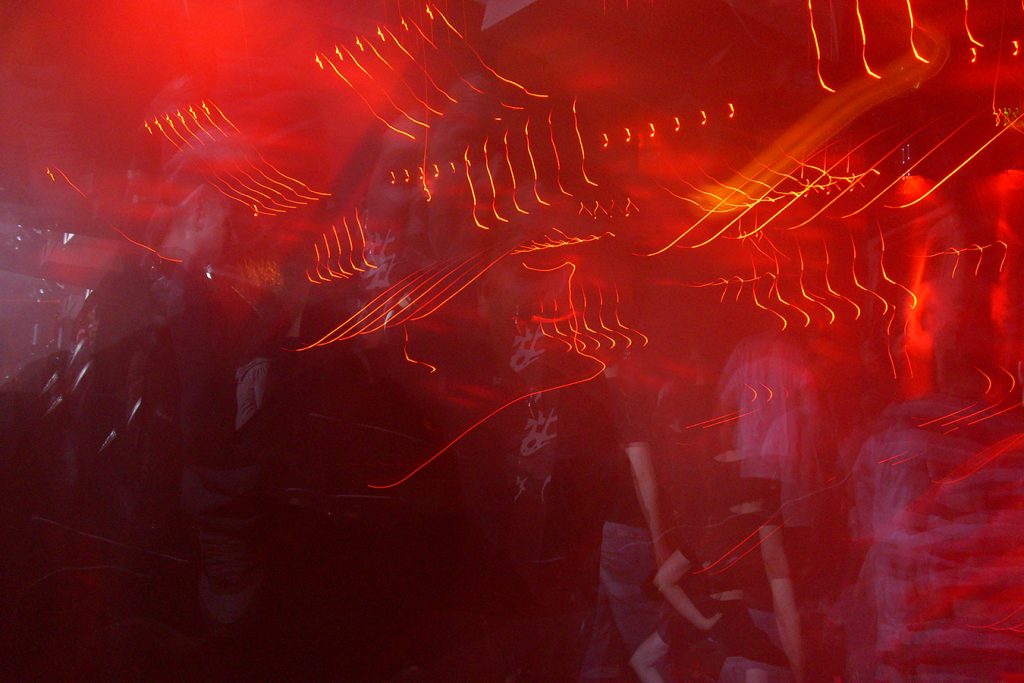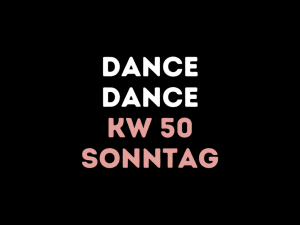
* And nobody sees how you are. – The techno and club scene is entitled to be a safe space for everyone: for People of Color, for Queers, for women. A room to let go – also with drugs – as long as one takes care of each other. But how safe is the space for people with a drug problem?
First of all: This article first appeared in our second print magazine, which was published by Frohfroh for the 15th anniversary. If you want to secure one of the limited copies, then contact Dance @ Frohfroh.de or go to our bandcamp profile.
“Do you want to have half?” Asks me the guy who holds a half-full cup on my club toilet. “Is Mdma in.” Tempting. I should bring him together with the guy who asked me earlier: “Do you have something to sell?” He had put his paisley shirt in his pants. Either he was a civilian bull-or one of the people who are interested in gin and play in a band. The techno and club scene is entitled to be a safe space for everyone: for People of Color, for Queers, for women. A room to let go – also with drugs – as long as one takes care of each other. But how safe is the space for people with a drug problem?
“In the club and techno scene, there is already a desire to offer rooms that are more secure and free of discrimination than rooms in which alcohol is mainly consumed,” says Pola. Pola has been in the club scene for 13 years and works in the Avarness area-mainly in Berlin and at festivals. “… but I don't want to limit that to the substance.”
Drugs are EVERYWHERE
In order to find out what is taken at all, a look at the Leipzig youth study from 2023 is ideal. This has examined the consumer behavior of Leipzig students: inside up to 18 years. Alcohol is therefore the most common drug. 72 percent of 18-year-olds had drunk alcohol in the past 30 days. Leipzig kids come into contact with cannabis much earlier and more frequently than the national average: 30 percent have already been. Leipzig also likes everything that makes you awake. In the 18-year-olds, 13 percent had already taken MDMA, and twelve percent have already tried cocaine and speed. At Crystal it is four percent. So: Drugs are everywhere.
The drugs are becoming increasingly pure, it says of the Drug Scouts, a Leipzig project of drug work. If Ecstasy pills were still extensively stretched 20, 25 years ago, today the risk is rather that a lot of MDMA is in the parts. In cocaine too, purity has increased significantly in the past ten years. Also at Speed. The biggest problem is currently if fabrics are declared incorrectly. The Drug Scouts originated in the Leipzig party scene of the nineties. Even today are party goers: the main target group inside. The drug scouts go to the clubs. “We don't rate,” say Pia and Leon, who are part of the team. “We inform people who consume. Or people who are about to consume.”

Drugs in the Leipzig techno scene
“The 'problem' we are talking about begins in the entire society,” says Pola. It does not arise in the scene. Many of the people in Leipzig came into contact with drugs in youth, at any village. Consuming in the party setting is something that you can see in every scene-not only in the techno scene, Pia reports of the drug scouts. Consumption comes with the parties. Alcohol and cannabis are most often consumed in the scene: “The club's business model is to sell alcohol.” Alcohol is often not considered when it comes to drug use, Pia criticizes. In addition, everything that pushes: MDMA, amphetamines, cocaine. Ketamine had increased significantly. Mephedron-4-MMC-plays a role in the experience of the drug scouts. GHB/GBL is consumed, but is not a comprehensive thing. Crystal is strongly stigmatized in the scene. The drugs are in the clubs. You have always been there. It is consumed.
Parties as a trigger?
In the scene it may be more visible if people have a drug problem, POLA. You would not retire at home. “It's okay that there are rooms where you can take drugs – without being convicted.” But a party environment is a strong trigger. Especially when your own consumption behavior is strongly linked to making partying, this is a challenge. People who are looking for advice on the Drug Scouts find:
“I can't go to parties at first because I am strongly confronted with consumption.”
There is a opposite development. Parties are now taking place in Berlin-the Pink Cloud collective is also organizing such events in Leipzig. Pola sees greater awareness of awareness in the scene. “That continues to develop”, also with the organizers. The drug scouts also observe this in Leipzig. “At parties with considered awareness concepts, there are many people who consume none or little drugs.” In the clubs that the parties are a central question: What do I need for a good party? How can you make sure that people are doing well? “At these parties, people are not so blatant,” observes Pia. Nevertheless, there are also events where awareness work is not so well planned that are rather commercialized. “There are parties who attract people who consume a lot and very strongly.”
Stay sober
In order to stay sober at parties, it helps to find allies. Leon advises: If you want to take little or nothing, you should communicate this to your friends: “Offer nothing to me.” A consumption plan can also help. You could limit yourself to certain substances in the evening. Or you sit down: 'I pull three lines. But that's it. ' Or you do without the after -hour. It is important: you should set realistic goals that you can adhere to.
Pia says that it is often the greater challenge to deal with alcohol. There are alcohol at all parties, in all social references. “Especially when it comes to attacks, alcohol is the substance that happens the most.” Anyone who wants to support friends: to consume nothing or less inside, first have to look for themselves: How far can I do that at all? Pia and Leon advise: “Look together beforehand what everyone can expect from the evening.” When you are at the party, you should always check how the person is doing. “If you stay sober, you may not feel like dancing three hours at a time.” Then you go out. It helps when you have clarified beforehand. For people who have a drug problem, an alcohol problem, it is always good to celebrate sober partners: to have the inside, emphasizes Pola. “We go to the party together and we stay sober together.” If you don't have a SOber accompaniment, you can find awareness. “I want to stay sober. Can I come to you if something triggered me?”
And what if what triggered me?
With purple awareness, Pola primarily takes care of cases of sexual attacks and discrimination. Sometimes your job overlaps with drug and psycare. Because in principle everyone can come to her. At the Awareness team, people are first offered a water or a blanket. Pola then asks if the person wants a conversation. There was a consumer trigger, for example: “What are you going to do tomorrow?” This creates a connection to real life again. “People can stay here with us first.” Then you may do a breath exercise or see where the trigger was. That is very individual. Nobody is put under pressure to say anything. “It's also okay to just sit there.”
“Is it okay if I consume in front of you?”
Consent is important to make it safer for those affected. It is incredibly important not to persuade anyone to take any drugs, emphasizes Pola. Unduring drugs is an absolute no go. That is a criminal offense. “Also cheering alcohol does not work!” Pia clarifies. From Pola's point of view, it also includes considering third parties: Hey, is it okay if I consume here in front of you? Is it okay if I drink a shot? Is it okay when I have been a trip now? Do you get right? In order to protect people who face challenges, considerate and understanding are needed. This is a development that Pia also sees: this is discussing what needs there are. “This is a development that has always been part of the techno scene.”
Photos: Johannes Angermann
Source: https://www.frohfroh.de/44183/alle-sind-verklatscht


